I'm trying to help a friend research this arm that was left to him by his Father. Looking for information in regards to the specific model and what something like this might be worth.
Someone else - not me :surrender: - rubbed some of the patina off the lockplate where marked with Charleville in roll script ...
Thank you! :thumbsup:


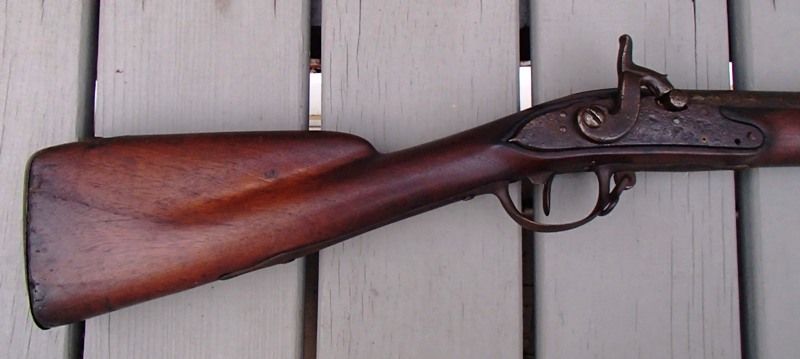
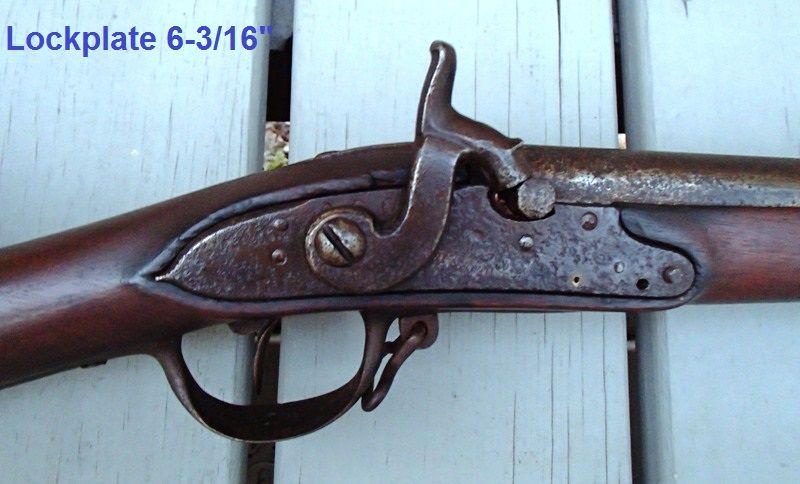

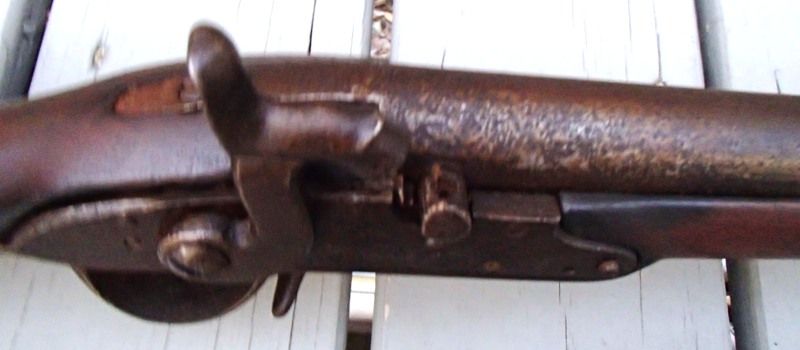
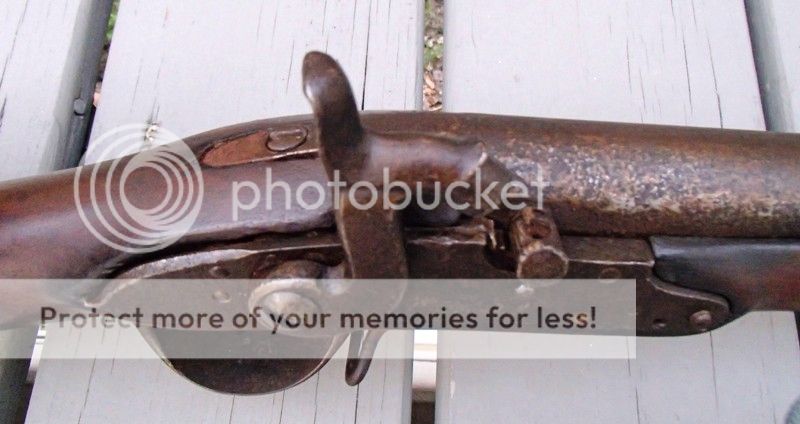
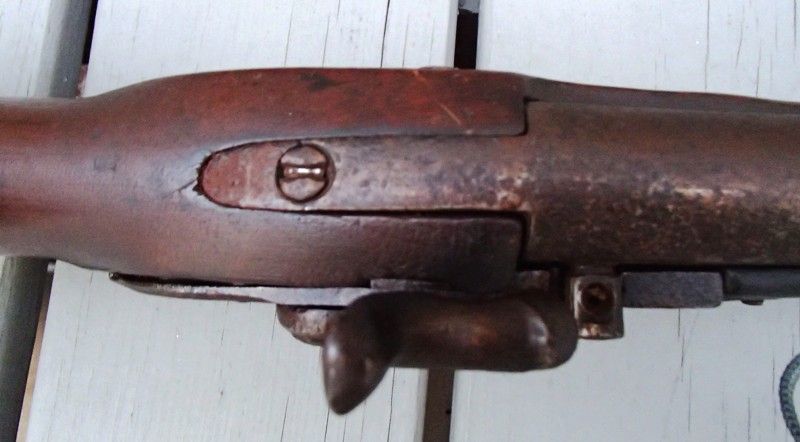
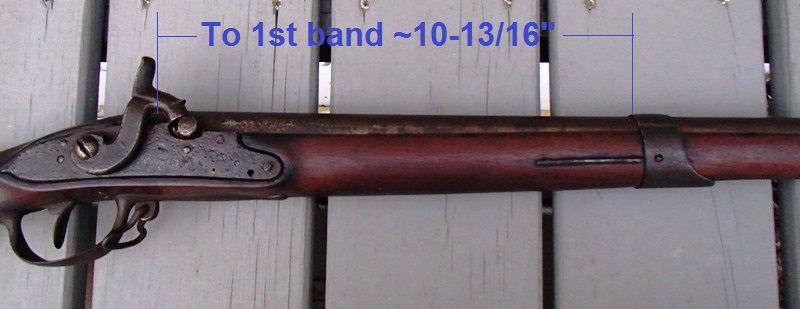


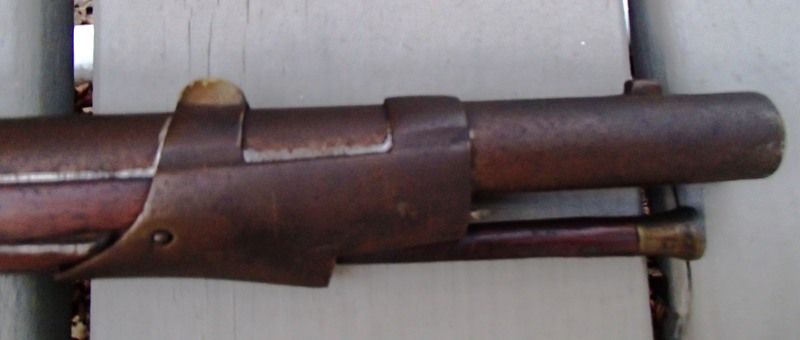

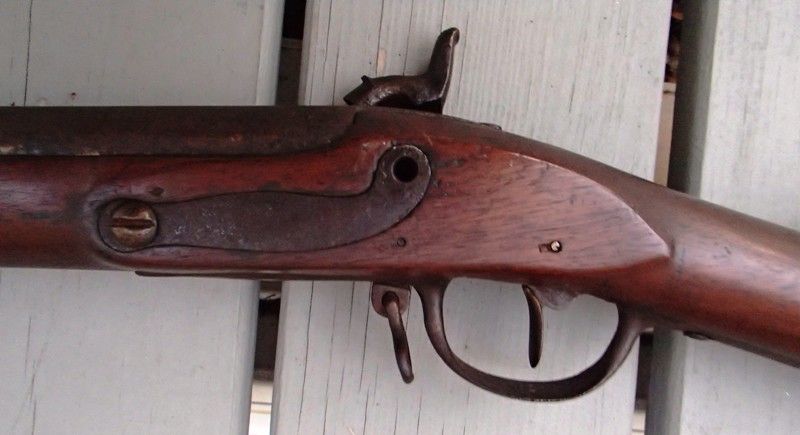
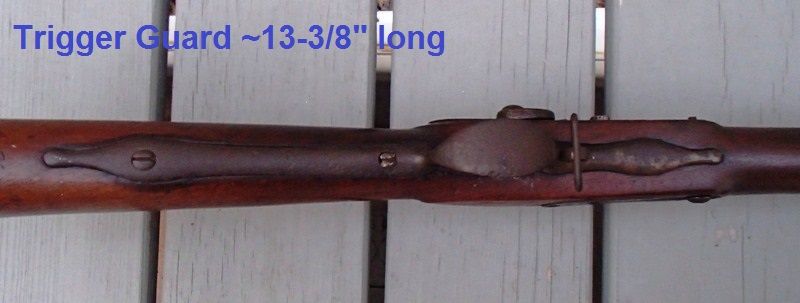
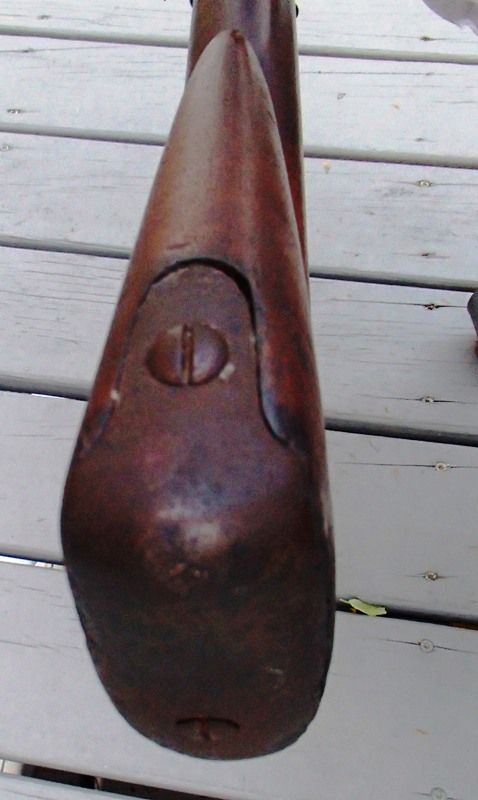
Someone else - not me :surrender: - rubbed some of the patina off the lockplate where marked with Charleville in roll script ...
Thank you! :thumbsup:




















